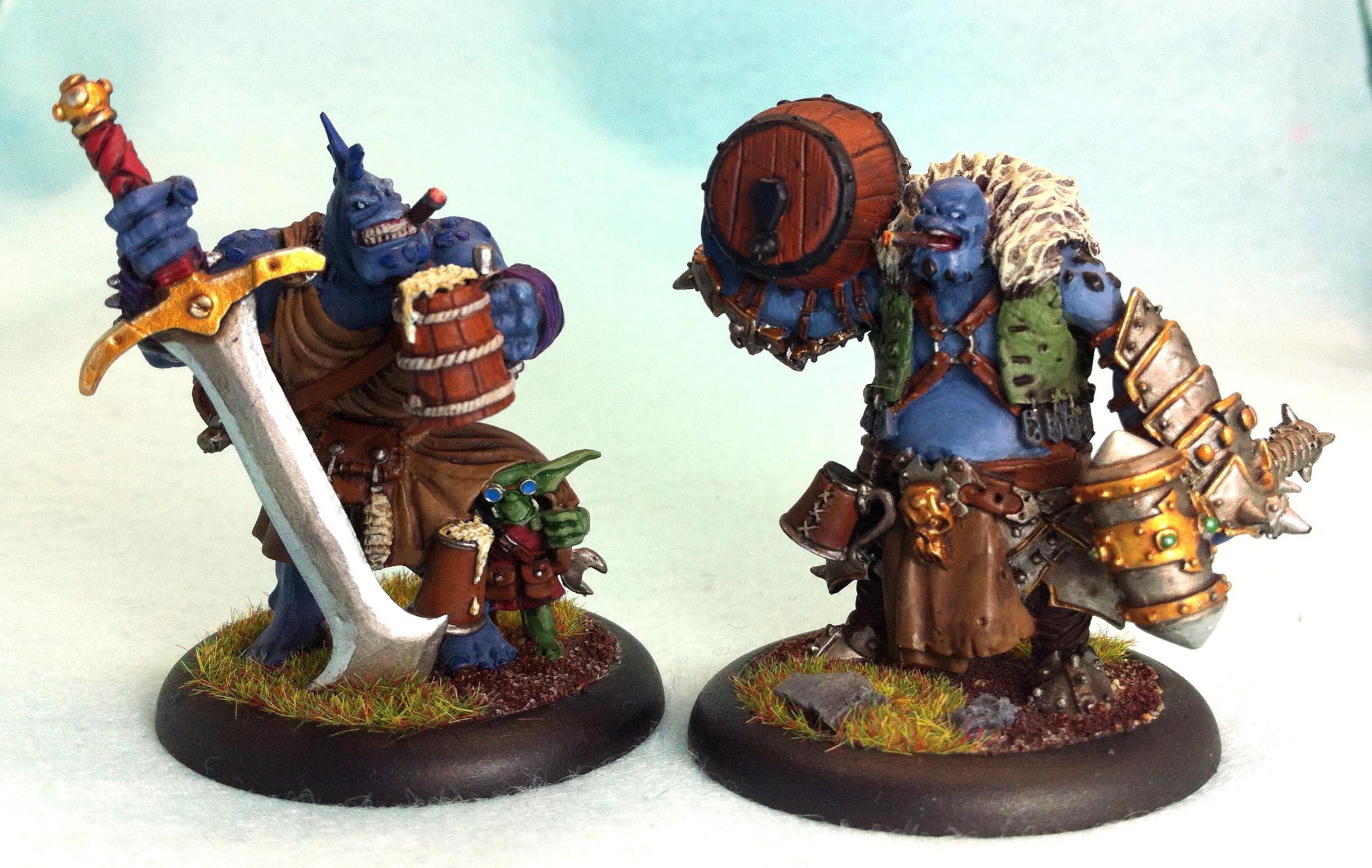

The wing had forty pilots, twenty-five sensor techs, twenty-five controllers and one hundred and ten ground crewmen. These wings were also stationed in prefabricated garrison bases. Six flights made two squadrons of TIE/LNs, while three flights made a TIE bomber squadron and one flight of TIE/fcs served as spotters. The result was this downsized wing of 40 TIEs organized into ten flights. The Army insisted on its own wing of support fighters for ground missions, while the Navy wanted to keep control of its TIEs.
Trollbloods battle group full#
The Plescinia Entertainments CS-Mark 10 allowed players to control full assault groups while playing the Great Battles of the Empire series.

Ī battlegroup could also be augmented per their Order of Battle (OB), in which case the additional units were commanded by the battlegroup's second-in-command. In addition there were 188 support personnel and two security platoons of 76 troopers for a total of 274 personnel. A Battlegroup had the usual principle staff of five officers (SG1 to SG5), but in addition the SG5 (Battlegroup "Headquarters" officer) had a 4-man "substaff" (SG51 to SG54). Ī Battlegroup's commanding officer (CO) was typically at least a High Colonel, although it was possible for the CO to be as senior as a Major General (the 1st Tapani Assault Battlegroup based on Tallaan was one such example). During the first years of the Empire, a Battlegroup was composed of 8,192 troopers, and was composed of four regiments. A Battlegroup was committed only for major offenses against a known concentration of enemy resistance. Although precise numbers varied depending on the specific type of unit, the overall strength of most Battlegroups was on the order of roughly 15,000 men, including a little better than 10,000 front-line troops. 2.5 Rebel Alliance/New Republic/Galactic AllianceĪ typical Imperial battlegroup consisted of four Regiments, and four Battlegroups in turn formed a standard Corps.


 0 kommentar(er)
0 kommentar(er)
